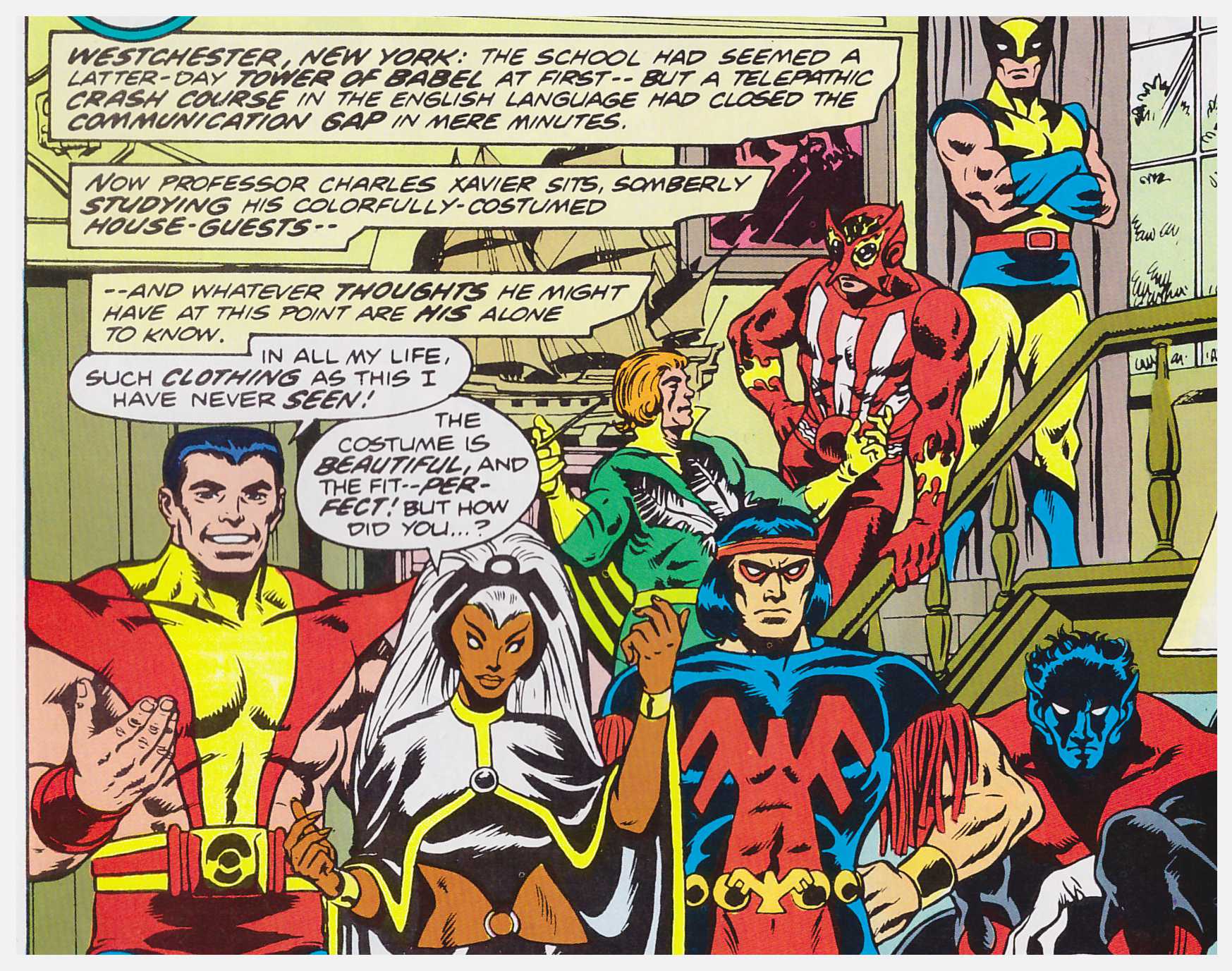

Colossus was another character who missed his homeland, and wanted to rejoin his family. Unlike so many modern interpretations of the character, Storm acted like a goddess in these early days, frequently reminiscing about her time in Africa as well as American customs she found to be confining. He quickly began to flesh out the team, focusing on each character, making them distinct. Within the first few issues, Wein set the tone Claremont picked up the ball and ran it to places that no one expected.Ĭlaremont received writing credits starting with issue #94. This is a fairly novel concept to fans of the modern series, where rosters, and creative teams, seem to change every year. Aside from Jean Grey being inserted rather abruptly, the permanent roster is Cyclops, Colossus, Nightcrawler, Banshee, Storm and Wolverine. While the roster fluctuates in the first few issues (between Thunderbird's death, the older X-Men leaving along with Sunfire), the team solidifies shortly thereafter. Banshee effectively loses his powers for a great portion of these issues as well. He also wanted to increase the stakes and make these adventures seem serious - Thunderbird dies only a few issues into the new run. Wein clearly wanted to show that this team, aside from the established leadership (Cyclops and Professor X), was different and fresh. Older X-Men including Angel, Iceman, Jean Grey, Havok and Polaris were present in the story, but opt out of participating in the new roster as of issue #94. Giant-Size represents a passing of the torch of sorts. New characters included Colossus, Nightcrawler, Storm and Thunderbird. Wolverine was introduced from the pages of The Incredible Hulk.

Len Wein (writer of Giant as well as the plotter of the first two new issues of Uncanny), with artist Dave Cockrum, developed a new team and several new characters. Older characters such as Professor Xavier, Cyclops, Sunfire and Banshee also returned to the title. Giant-Size X-Men #1 rapidly established a number of characters.

Launching with a 64-page special and moving (initially) into a bi-monthly schedule, Marvel wanted to prove to readers that these mutants were worth an investment. The series had not been selling well enough to justify new stories, and by some stroke of luck had not been outright cancelled. When Chris Claremont stepped on board X-Men it had just been authorized for fresh content.


 0 kommentar(er)
0 kommentar(er)
